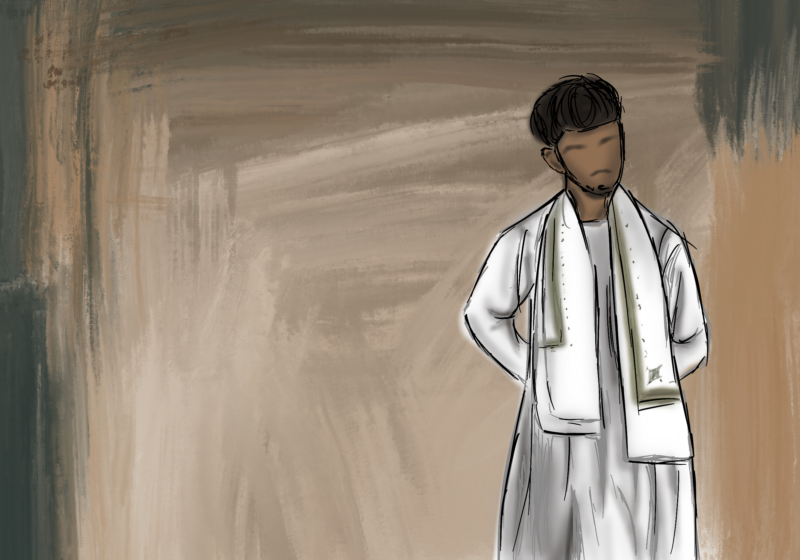The scars of some battles fade quickly — despite the horrific nuclear bombings in Hiroshima and Nagasaki, radiation levels there aren’t any higher than the average on earth. Others take longer to heal.
To this day in northern France and Belgium, farmers find unexploded artillery shells from World War I. This phenomenon is so common that it has its own nickname, the “iron harvest.” It’s so common that some areas are off-limits to all but ordnance disposal teams.
These areas, the red zones, will be too dangerous and polluted with arsenic for human life for another 700 years.
In Cambodia, a combination of American cluster bombing and minelaying by the Khmer Rouge and their enemies left enough unexploded bombs to maim 40,000 Cambodians.
Now, what does the space force have to do with any of this? After all, almost nobody lives in space other than the inhabitants of the ISS. So, there aren’t any civilians that could get hurt by it.
If the idea of a space force was indeed harmless, it would just be another stupid, inconsequential Trump meme like rocket man or inventing the word “fake” (my favorite one). Behind the usual absurdity, though, lies a catastrophic risk to humanity.
Even limited war in space would be devastating to the global economy if fully militarized. Space militarization by global military players like NATO, Russia, China, and North Korea would effectively make space a red zone permanently.
After this hypothetical war in space, the lasting damage wouldn’t come from unexploded ordnance like in France or Cambodia, but from millions of tiny pieces of material. Paint chips, metal fragments, and other normally harmless objects quickly become lethal when moving at supersonic speeds in orbit.
This disaster would only take a few small events to start —military spy and communications satellites being blown up, or the destruction of some new space fighter planes. Some of the debris would fall to earth, burning up in the atmosphere, but most of it would become destructive clouds of shrapnel.
With luck, those clouds would coalesce under their own weak gravity and end up in orbits uninhabited by other objects. But each new destroyed object would make an uncontrollable chain reaction more likely. In such a chain reaction, called Kessler syndrome, each collision would lead to the next in a vicious destructive cascade. The resulting debris would produce a blanket of shrapnel around the earth. This would make any activity in space, military or otherwise, impossible.
Space is already partially militarized, with hundreds of communications and reconnaissance satellites in orbit. In a war, any individual country can already destroy their enemy’s satellites. The complete militarization of space from creating a space force would make a Kessler syndrome much more likely. Developing and deploying new space-based weapons would give countries even more incentive to destroy satellites.
With higher incentive to destroy satellites, more effective anti-satellite weapons would be deployed. Weapons like armed space planes, drones, or satellites, creating even more deadly debris fields. Anything that America does will be replicated by China, Russia, India, or other powers in an escalating arms race.
And the more military hardware that gets deployed in space, the greater the risk of accidental collisions, malfunctions, or mistakes. Plenty of satellites malfunction already and are very difficult to fix or even find once they stop transmitting. The tail risk of those malfunctions is exponentially greater when they can be attributed to a nefarious enemy instead of simply to technical problems.
If an important communications satellite, let alone one carrying kinetic or nuclear weapons, goes down, it might be the prelude to a first strike, possibly prompting a paranoid leader to launch one of his own.
If Kessler syndrome does happen because of a war in space, the consequences would far outlive the people who caused it. Almost all GPS, communications, and weather satellites would be destroyed, becoming part of the storm of metal hovering above earth. Any attempt to replace them would fail until most of the debris field is somehow removed, a near impossible task since anything sent to clear it would become more debris.
It might take hundreds of years to create the technology to get rid of the debris, or to make spacecraft that can fly through it without being torn to shreds. In the meantime, virtually any service that uses satellites would shut down, regardless of whether the country using it had anything to do with the war.
Creating a space force might sound like just another dumb thing that Trump wants to do, but it’s something we need to debate seriously.
A space force could make the consequences of any war far more severe and permanent by militarizing space. It would also be much easier to accomplish than something like building a wall because defense contractors would make billions building all the hardware, giving it major backing in Congress.
Instead of being spent on healthcare or education, that money might make space inaccessible for generations, all because the president thought that “SPACE FORCE” sounded cool at a rally.




